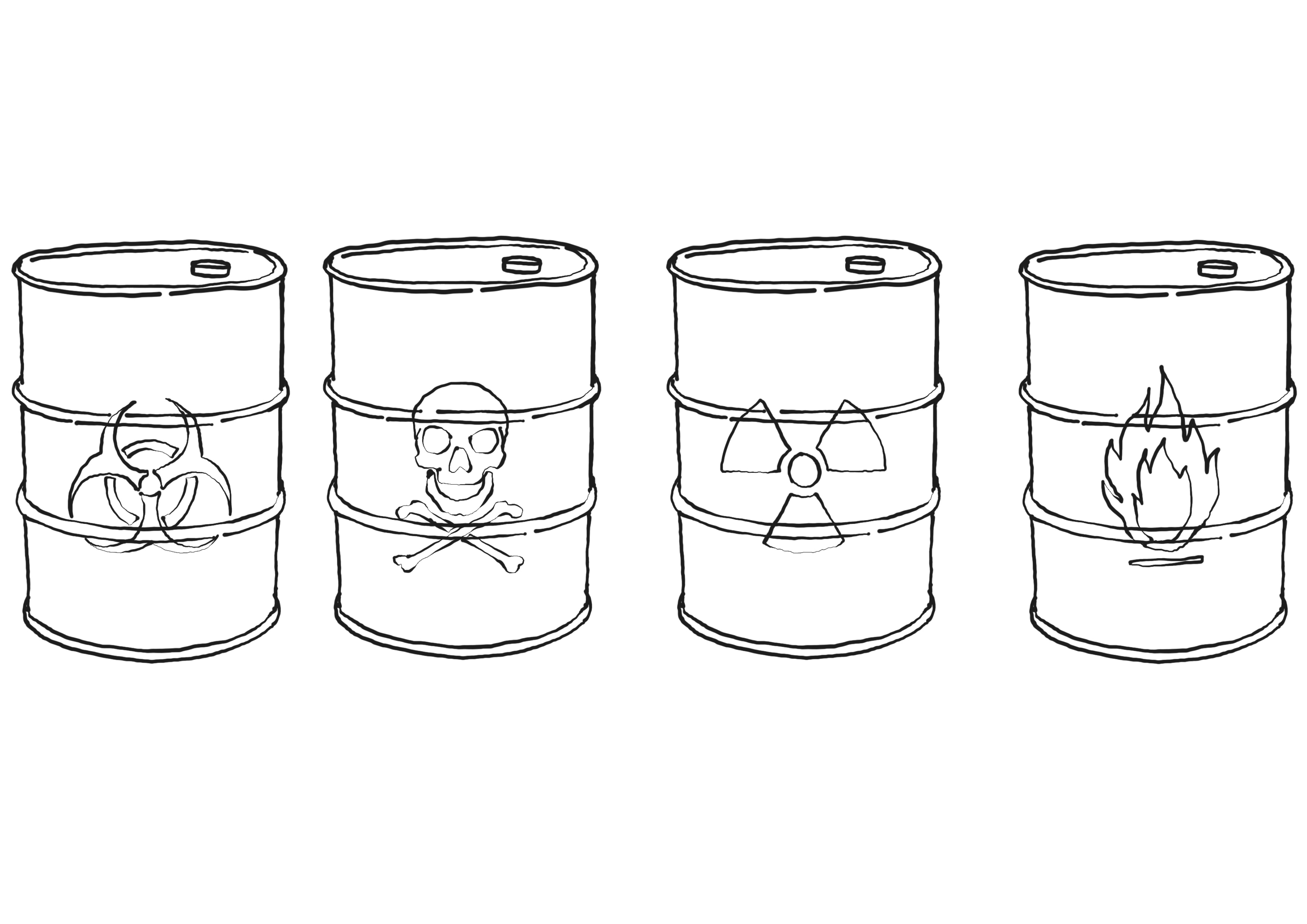Protection against hazardous substances

Attacks with hazardous substances are called CBRN attacks and are particularly serious. A CBRN attack can range from the dispatch of a letter containing anthrax, to a chemical tank spill or a dirty bomb. It is difficult to protect against the use of CBRN materials or weapons, as a CBRN attack will often not be detected until it has been executed. Prevention efforts should, therefore, focus on reducing the risk of contamination and spread. However, it is important to remember that protective measures are typically limited by the type of substance used and that protective measures can be costly. A risk assessment will make recommendations regarding, to what extent mitigating actions should be taken, against this type of attack.
Common to all CBRN substances and materials, is that you should have a procedure for the safe handling of mail and packages as well as, an emergency management plan that details security procedures in the event of an incident or suspected CBRN attack. This could include procedures for spill containment, use of protective equipment, and alerting and evacuating the area. In addition, there should be a procedure describing what to do if people become contaminated. This may be particularly relevant if one’s business stores or uses hazardous substances in their operations.
Biological substances cannot be detected immediately. Biological substances generally have longer incubation times - ranging from hours to days - than other types of hazardous substances, since they may involve bacterial spores like anthrax, which can cause poisoning or disease. The best way to protect against biological agents is to install filters and to have procedures for shutting down ventilation systems, as well as hermetically sealing off cells, sections or the entire building.
Chemical substances typically have an immediate effect. Since chemical substances have a rapid effect, it is crucial to try to avoid inhalation or direct contact with the substance. The best way to protect yourself from chemicals is to use chemical detection and filter the air. It is also essential to evacuate and decontaminate employees to stop the incident from developing.
In violent extremist attacks, Radiological agents are most used in dirty bombs or in direct poisoning of individuals. The response to an attack with radiological substances should be like that of an attack using nuclear substances. In the event of a nuclear weapon strike or a release of radioactive substances, the first thing to do is to follow the procedures and recommendations by the public health authorities. Examples are included in the link references below.
In addition to immediate detection of physical injuries, one can also use early or customised electronic detection connected to the organisation’s IDS or SMS-alerts systems. In addition, it may be beneficial to implement CBRN detection measures in one’s mail and goods receival area.

